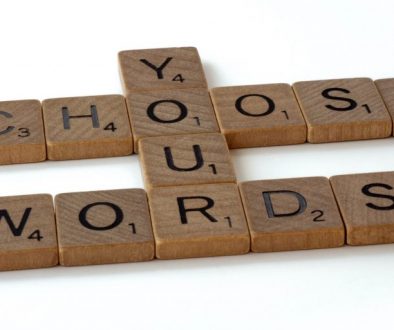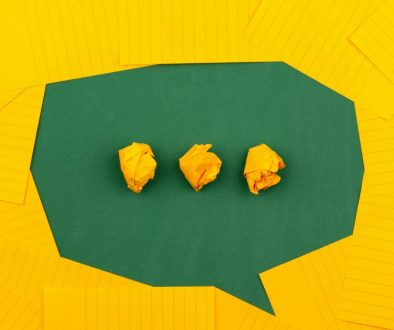Okay, let me get you caught up.
Why do we need a hook?
An effective introduction always begins with an engaging hook. The hook starts a conversation with the reader in a way that is interesting and appropriate to the writing. A good hook demonstrates that you know your audience and that you understand what they care about. Most importantly, it makes the reader want to keep reading. A good hook prepares the reader to absorb the nitty-gritty details, facts, statistics and quotations that will be a big part of your text and evidence-based essay, and it does it in a way that motivates the reader to want to go down this path with you.
The Models
Sometimes your reader needs some context. Certain arguments or explanations will be lost on your audience if you do not provide them with critical background information. Think of this technique as getting your readers caught up so that they might follow your logic.
Example 1
Type of essay: persuasive / school newspaper editorial
The prompt: Our principal announced recently that, based on a recommendation from our school’s booster club, she would likely be setting aside most of our $500,000 in State bond funds for the purchase of football stadium lights. Advocates of his plan are excited by the prospect of finally being able to to enjoy some Friday night games; they believe stadium lights will create a sense of school tradition and spirit. Opponents contend that diverting these funds would hurt the school’s academic programs and that this money would be more wisely spent on purchasing new textbooks, hiring more teachers or creating a computer lab. In multiple-paragraph, evidence-based essay, argue why the available funds be used to purchase football stadium lights, as our principal and boosters wish, or whether they should be set aside for our academic program.
It’s actually pretty amazing. At a time when it seems that funding for schools is rapidly disappearing, Whitney High School has suddenly been graced with $500,000 to make improvements to our campus. How did we get so lucky, you ask? Well, if you haven’t heard, principal MacGuire was approached last month by district officials who informed her that a stockpile of State bond money had been discovered and some of it was earmarked for Whitney – a half-million dollars, to be exact. The talk around campus has regarding how to spend these funds has been quite energetic. Students, teachers and alumni groups have all weighed in. One of the most vocal of these groups has been our powerful boosters club who have advocated that we use the funding to construct football stadium lights so that Whitney can finally host night games. The proposed cost of such a project? $488,000 — almost the entire amount that we will be receiving in bond money. While football stadium lights certainly would create a “Friday Night Lights” atmosphere and increase our school spirit, this is not how we should be spending this money. A much better long-term investment would be to…
Why this hook works
It cannot be assumed that the reader of this opinion piece is aware that these state bond funds even exist. The basic and necessary facts need to be laid out clearly so that everyone is on the same page. The tone here is professional and neutral. It is not yet time to bring in the opinion of the essayist. That will come a little later.
Example 2
Type of essay: response to literature
The prompt: In the novel Walk Two Moons, Sharon Creech uses subtle hints and clues about events that will happen later in her story. This type of literary technique is known as foreshadowing. In a multiple-paragraph, evidence-based essay discuss how Creech uses foreshadowing to create suspense, build tension and set up plot developments that occur later in the novel.
This school year has been quite the literary journey. Thanks to the sound tutelage of our teacher, Ms. Torres, we have explored an impressive array literary techniques and devices that writers employ to grab our attention, challenge our imaginations and cause us to dig deeper into the works we read. Figurative language was fun. I thought Pablo Neruda’s use of metaphor and simile was particularly skillful. Our study of mood and tone was intriguing. Who knew that certain words held such emotional impact. Most recently we have been studying foreshadowing, that subtle sign or warning that writers use to signal what is to come later in the story. This device has turned out to be one of my favorites and it is used to great effect in the novel we just recently finished, Walk Two Moons. In this tale, the author, Sharon Creech, uses ample foreshadowing to provide the reader with hints and clues about the deaths of three important characters in the story. The use of this technique creates
Why this hook works
This background information is more informal and directly towards fellow classmates or the teacher herself. Sometimes, if you know your audience is just your classmates, you can discuss your collective experience as students and learners. This walk-down-memory-lane approach can be very engaging for your peers.




